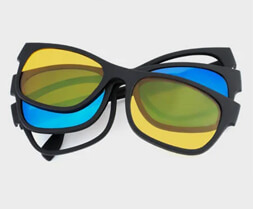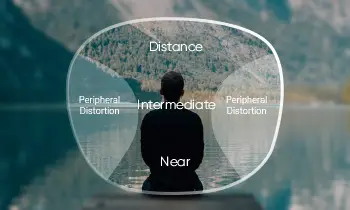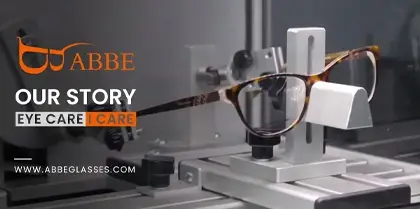The recent announcement of a major breakthrough in the development of room-temperature superconductors has sparked excitement and speculation about the potential applications of this revolutionary technology. While much of the focus has been on the energy and transportation sectors, one area that could also be transformed by room-temperature superconductors is prescription lenses.
Superconductors are materials that can conduct electrical current with zero resistance, meaning that electricity can flow through them without any loss of energy. This property is due to the unique behavior of electrons in certain materials, which can pair up and move together without colliding with other particles in the material. Room-temperature superconductors, as the name suggests, are superconducting materials that can operate at or near room temperature, typically around 20-30 degrees Celsius (68-86 degrees Fahrenheit). This is in contrast to traditional superconductors, which require extremely low temperatures (typically near absolute zero) to maintain their superconducting properties.
The discovery of room-temperature superconductors has long been a goal of materials science, as they have the potential to revolutionize the field of electrical engineering and transform the way we produce and transmit energy. Room-temperature superconductors could enable the development of more efficient power grids, high-speed transportation systems, and advanced medical imaging technologies, among many other applications.
Currently, prescription lenses are typically made from materials such as glass, plastic, or silicone hydrogel, which work by altering the way light enters the eye to correct vision. However, these materials have limitations in terms of their ability to correct more complex vision issues and their potential for causing discomfort or irritation.
Superconducting materials, on the other hand, could offer several advantages for prescription lenses. For example, they could allow for greater precision in correcting the curvature of the cornea or lens of the eye, leading to improved visual acuity. Additionally, superconducting materials could be used to create lenses that are thinner and lighter, potentially reducing discomfort and improving the overall user experience.
- Greater precision in correcting refractive errors: Superconducting lenses can correct a wider range of refractive errors with greater precision than traditional lenses. This means that patients with more complex vision issues can experience improved visual acuity and a higher quality of life.
- Thinner and lighter lenses: Superconducting lenses can be designed to be thinner and lighter than traditional lenses. This can improve comfort for patients who wear their lenses for extended periods of time, as well as reducing distortion and weight for patients with strong prescriptions.
- Enhanced durability: Superconducting lenses can be made to be highly durable, ensuring they withstand the wear and tear of everyday use. This means that patients can rely on their lenses to maintain their corrective properties over time.
- Tailored to individual needs: Superconducting lenses can be customized to meet the specific needs of each patient. By tailoring the shape and properties of the lens to the individual's eyes, superconducting lenses can provide a higher level of precision and accuracy in correcting vision issues.
- Improved wearer experience: The enhanced precision, durability, and comfort of superconducting lenses can lead to an overall improved wearer experience. Patients may experience reduced discomfort and irritation, as well as improved visual acuity and quality of life.
One potential approach to creating superconducting lenses would be to use thin films of superconducting material deposited onto a flexible or stretchable substrate, allowing the lens to conform to the shape of the eye. This approach could potentially allow for the creation of lenses that are tailored to the specific needs of individual patients, improving overall treatment outcomes.
However, the development of superconducting lenses is still in its early stages, and much more research is needed to fully understand the potential of this technology for prescription lenses. While the recent breakthrough in room-temperature superconductors is certainly exciting, it may take several more years of research and development before this technology is ready for commercial use.
Nonetheless, the potential benefits of using superconducting materials in prescription lenses are significant and could have a major impact on the way we treat and correct vision-related issues. As scientists and engineers continue to push the boundaries of superconducting technology, it's exciting to imagine the possibilities for improving our everyday lives through innovations such as superconducting lenses.





































